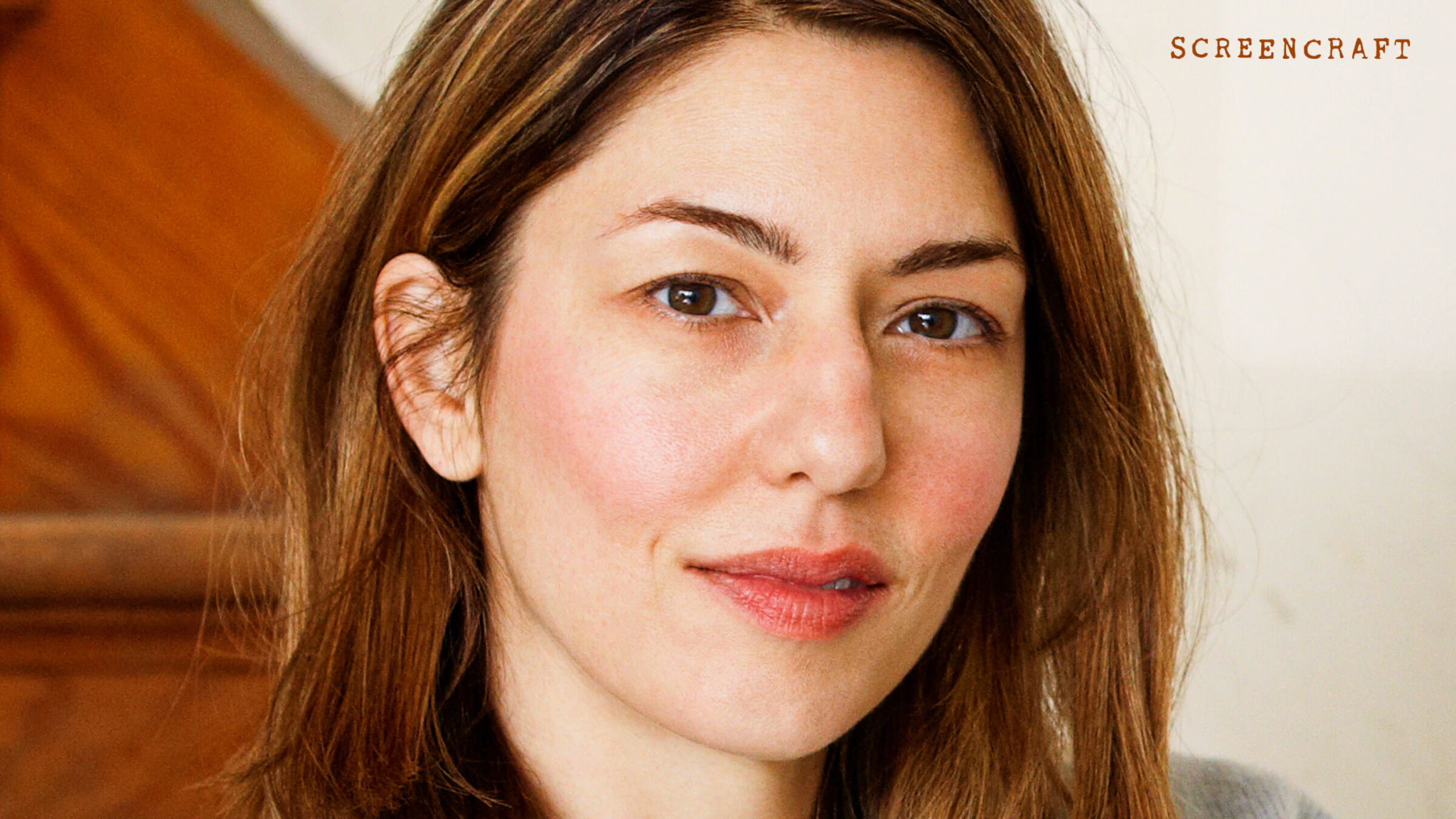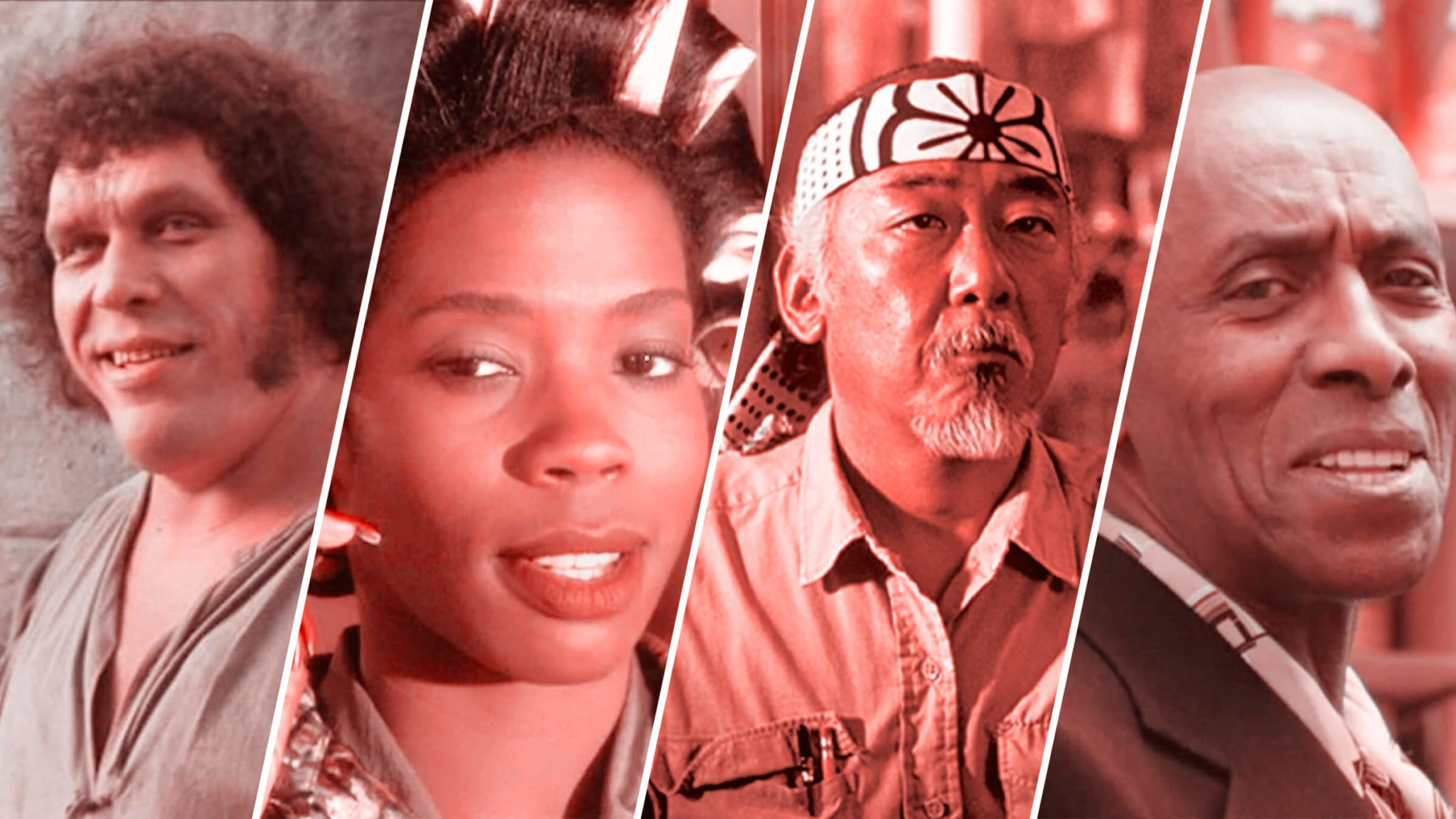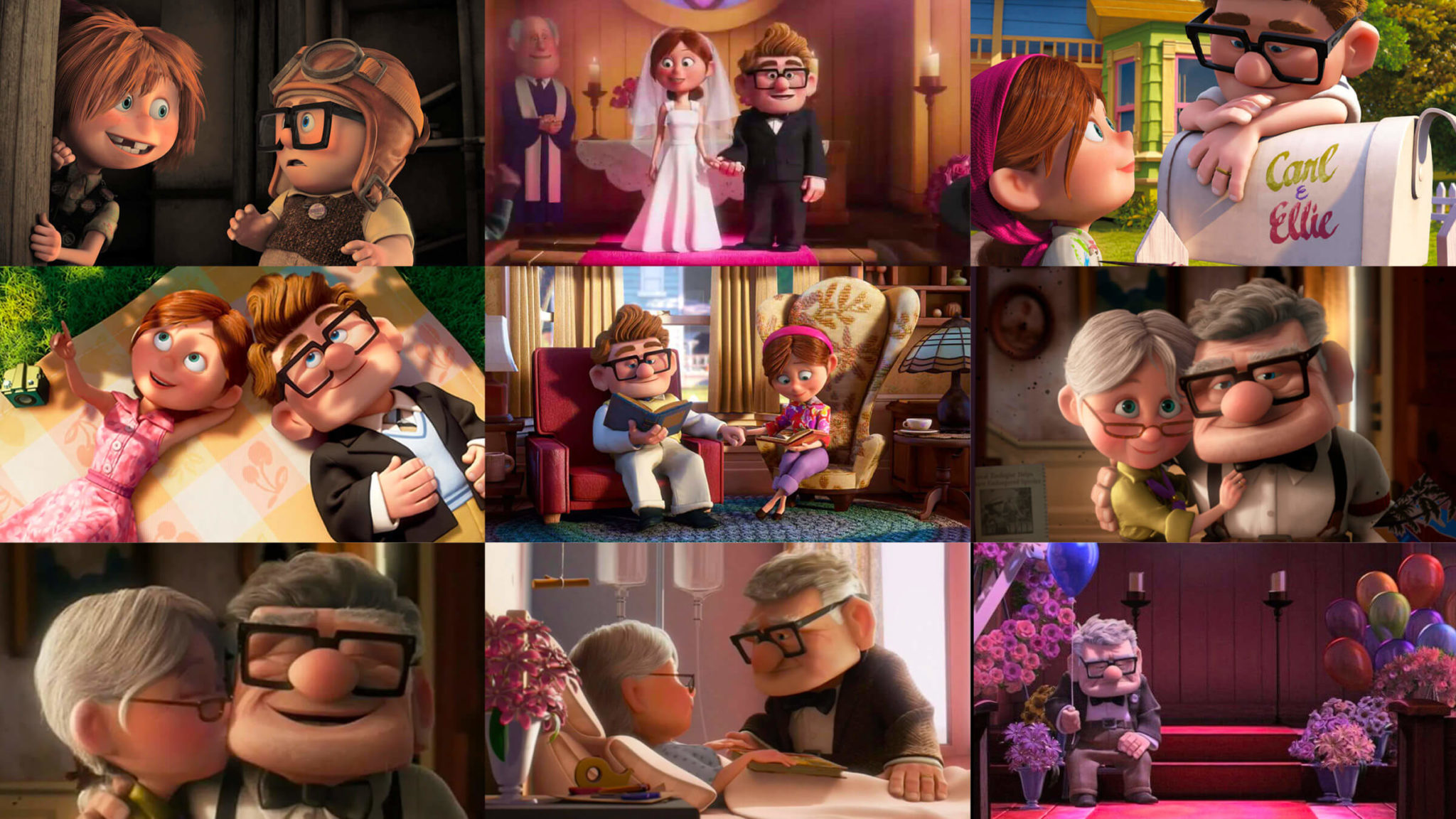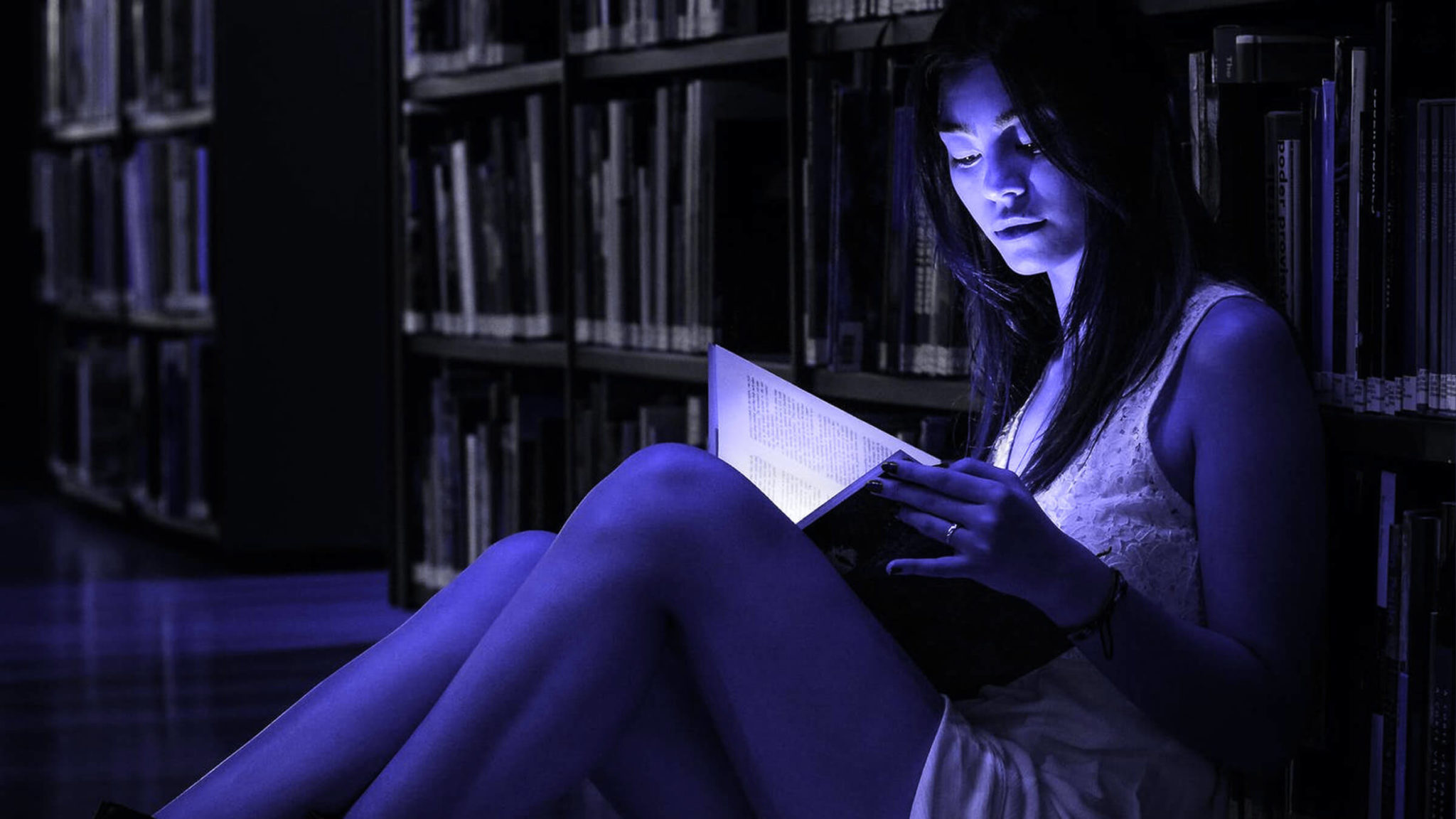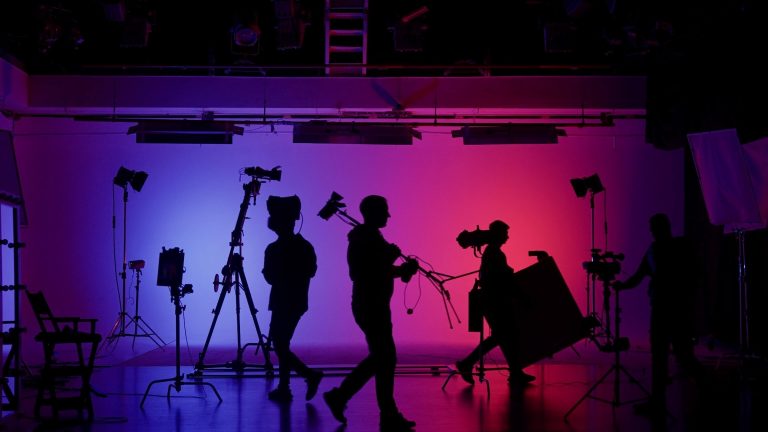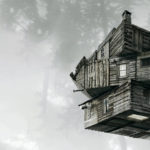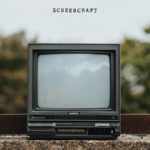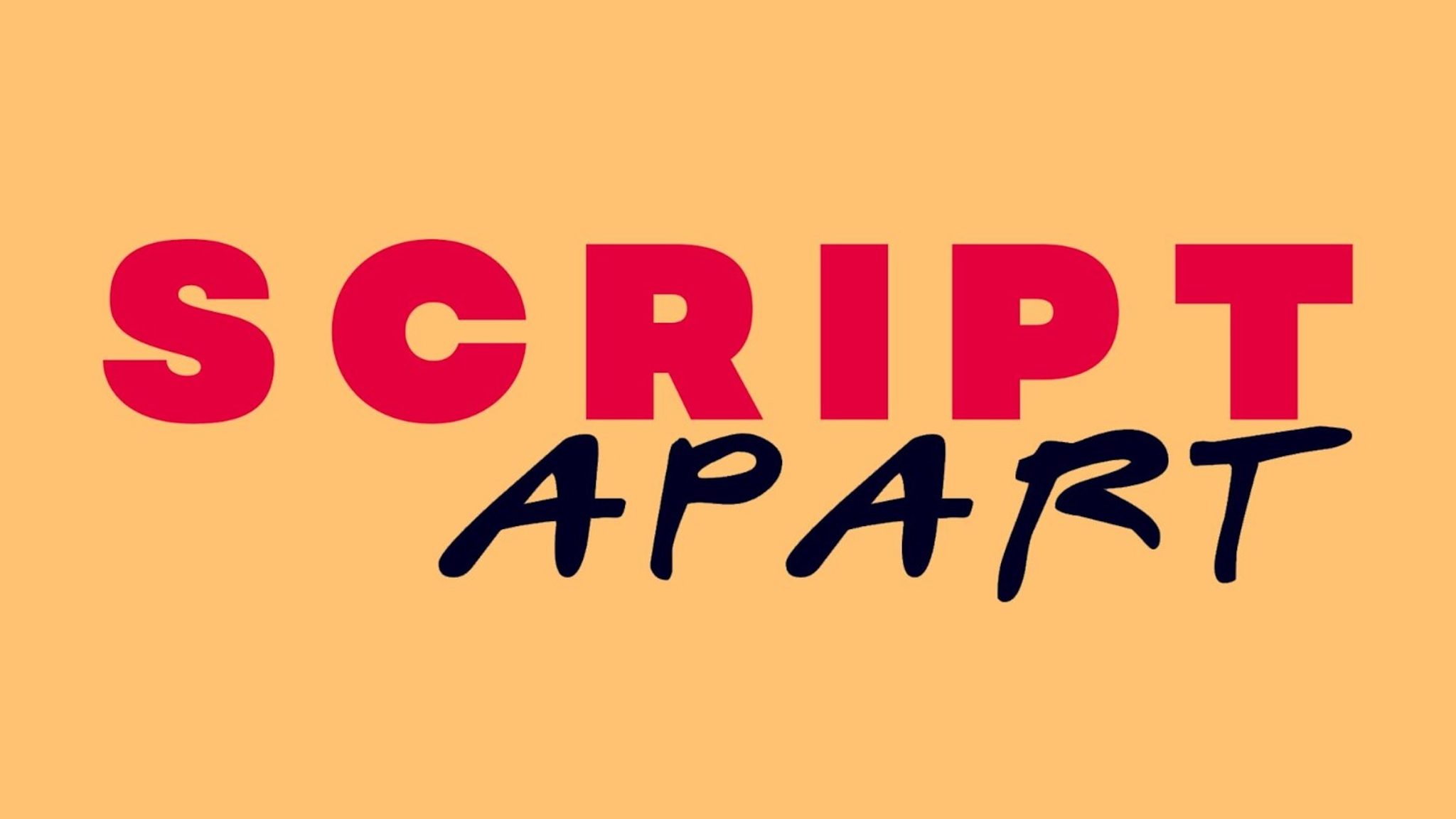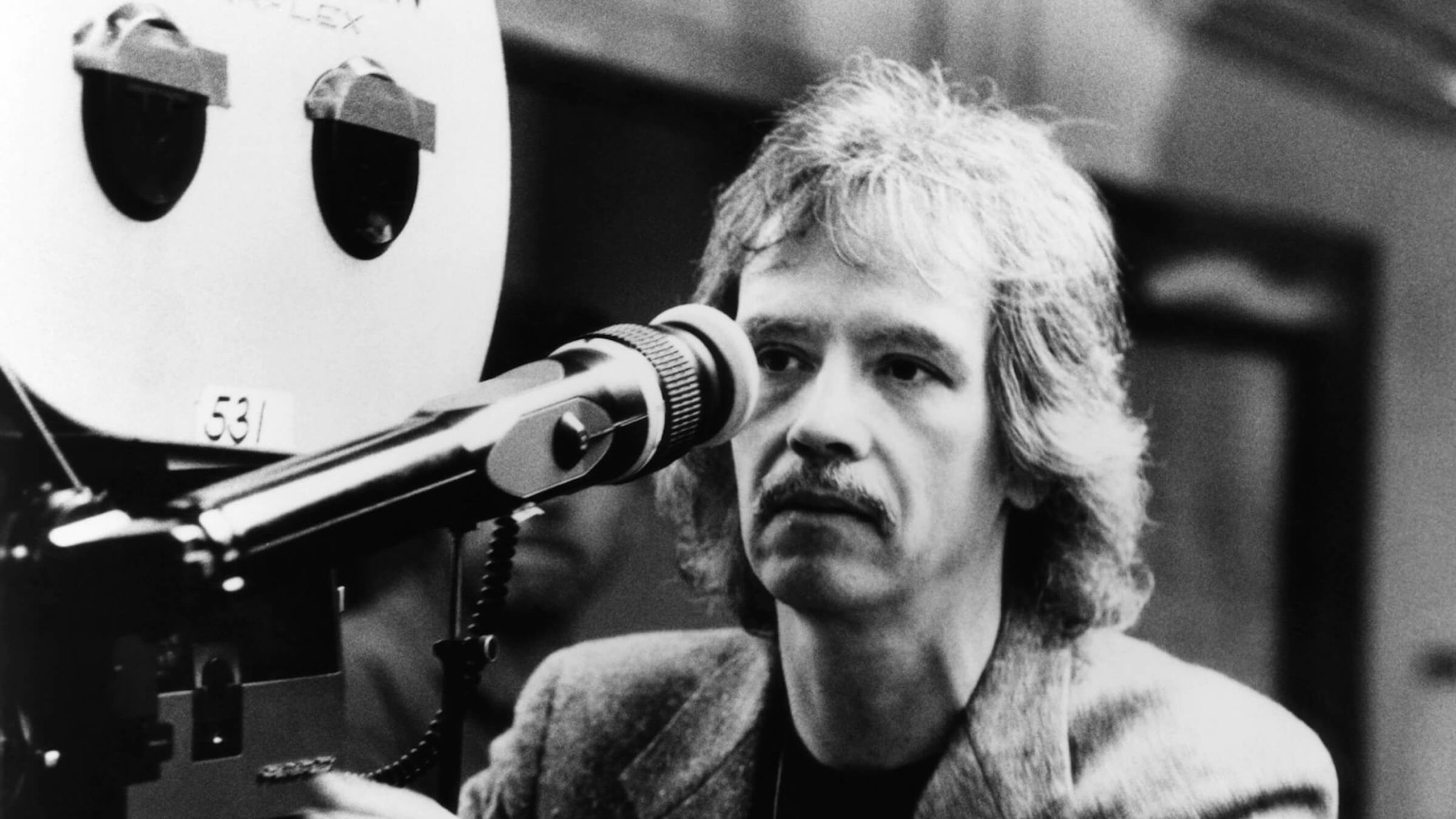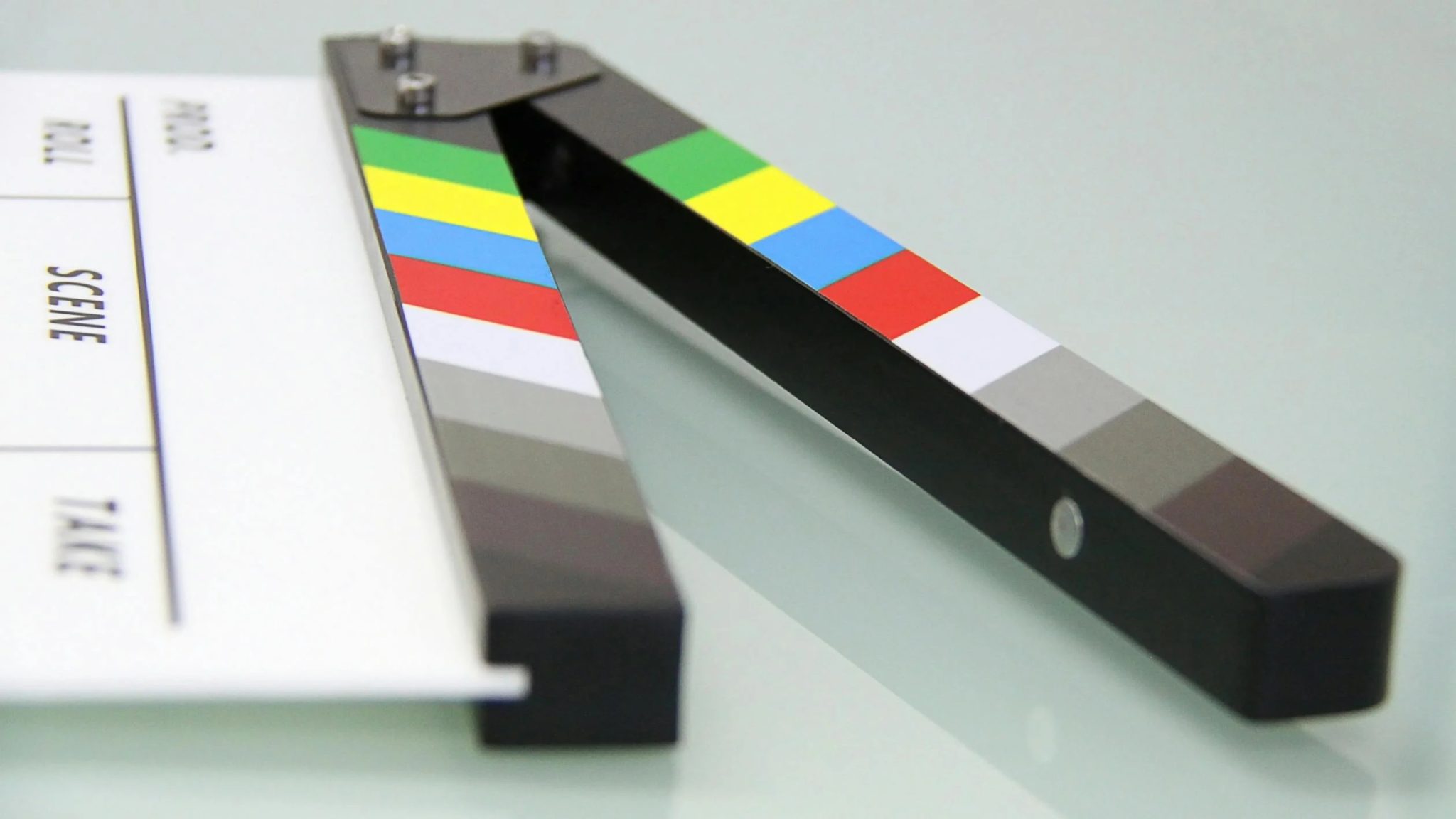5 Trademarks of Sofia Coppola’s Films
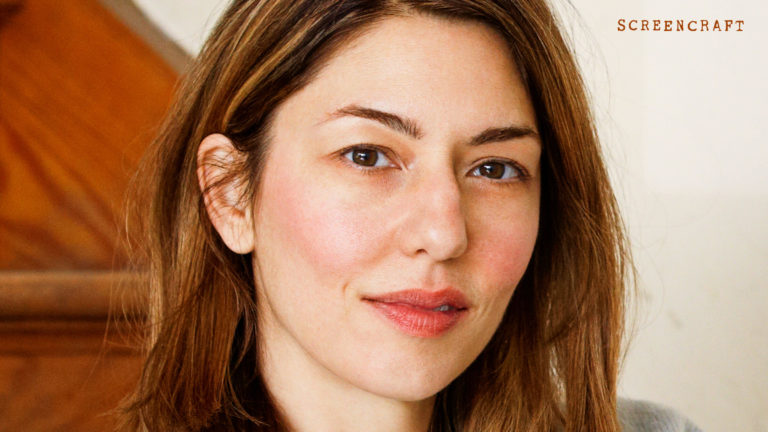
As close to being Hollywood royalty as possible, Sofia Coppola, the daughter of acclaimed director Francis Ford Coppola, knew she had to step out of her father’s large cinematic shadow if she wanted to be taken seriously as a filmmaker.
She left her acting career behind after playing the role of Mary Corleone in The Godfather: Part III (1990), and relying on her own instincts and life experiences, effortlessly transitioned into one of the most distinctive female writer/directors on the planet.
Instead of the male-dominated crime syndicates for which her father is famous, Coppola began to make films that reflect her own experience as a young woman coming of age in a man’s world. By 2003, she had won the Oscar for Best Original Screenplay for Lost In Translation, and in 2017, she became only the second woman to win the Best Director Award at the Cannes Film Festival for her female-driven film The Beguiled.
Known for relying on powerful images instead of dialogue like in Lost In Translation, costumes that make social statements like in Marie Antoinette(2006), and isolated, lonely young women like in The Virgin Suicides (1999), Coppola has a style all her own. Here are five trademarks of Coppola’s films.
Sofia Coppola will be a speaker at this year’s ScreenCraft Writing Summit. Come join us on June 25-26!
Showing Human Connection Through Images (Instead of Words)
The reason films are often so much more powerful than books is because of the visual component. A good filmmaker knows when to use images to tell a story or express the true nature of a character. If seeing is believing, then the moving image of a character having an emotional experience is far more compelling than any words they could ever speak.
In Lost In Translation, there’s an enigmatic scene at the end of the film where Charlotte (Scarlett Johansson) and Bob (Bill Murray) hug each other. Bob whispers into her ear and it’s unclear what he says to her, but it doesn’t matter because the moment is electric because of the silence. The intimacy between the two characters transcends words and we get sucked into the mystery of love and human connection. If we had heard what he whispers to her, our minds would get lost in translating the words intellectually instead of experiencing the moment viscerally – Charlotte’s major lesson in the story. One of Coppola’s biggest talents is knowing when not to attempt to explain the inscrutable moments of life – she allows them to just be.
Another scene that perfectly expresses a relationship without words is in Somewhere (2010), when Johnny (Stephen Dorff) and his pre-teen daughter Cleo (Elle Fanning) mindlessly volley a ping pong ball back and forth. She seems distracted and both are disconnected from each other until they sink underwater in the swimming pool to playfully sip imaginary tea. The swimming pool becomes a metaphor for the womb and only here, away from the pressures of Hollywood and society in general, can they truly connect. It’s one of the most beautiful father/daughter moments on film.
Wide Shots to Make Characters Appear Tiny and Insignificant
One powerful way to understand what a character is feeling is to focus tightly on the actor’s face. But sometimes, it’s more powerful to see a very wide shot to put the character’s actions into perspective. For an audience, this type of shot can distance them from what the protagonist is experiencing and get a larger perspective on the story.
One example is the scene from The Virgin Suicides where Lux (Kirsten Dunst), awakes alone on a football field. Filtered through stark blue light, the scene looks cold and lonely and seems like a very unsafe place for a teen girl to be alone. This scene helps prepare the audience for Lux’s ultimate fate.
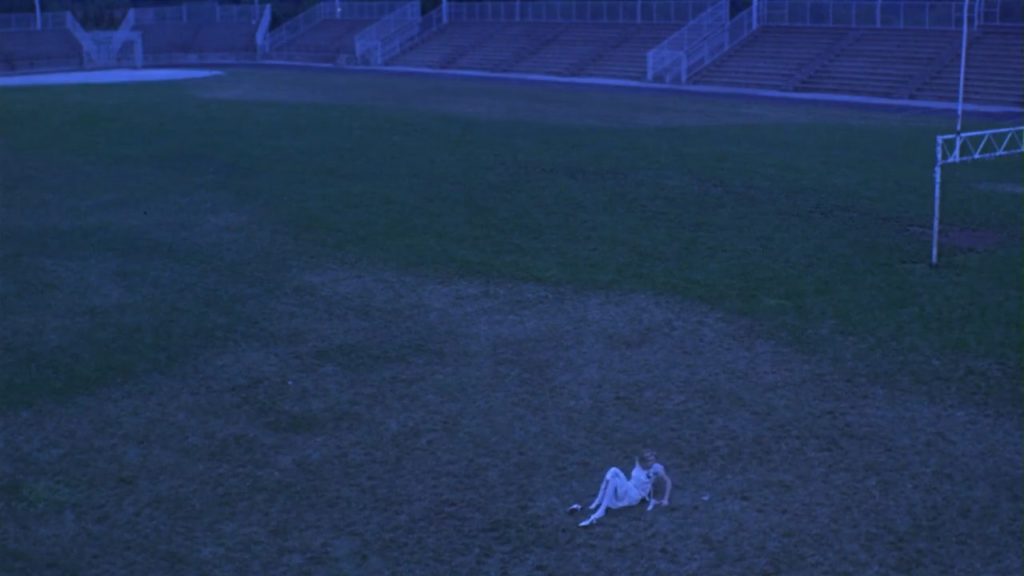
'The Virgin Suicides'
This scene from The Bling Ring, shot from the top of a hill looking down, again bathed in blue light, presents the teen characters as tiny, almost doll-like figures as they break into an open-concept glass-walled house. It makes the characters appear like children at play, eschewing the gravity of the crimes they are committing and leaving emotion out of the equation.
Young Women Coming of Age Through Heartbreak
Female heartbreak is a recurring theme in Coppola’s films. Whether it’s the breakdown of Charlotte’s marriage in Lost In Translation or the challenges Laura (Rashida Jones) faces as a modern wife and mother in New York City in On the Rocks (2020), Coppola’s female protagonists all struggle to find stability in their romantic relationships.
But it’s in The Beguiled where this is most gut-wrenching. The film is a reimagining of the 1971 film starring Clint Eastwood where the point of view is purposefully flipped from the male to the female characters’ perspective, specifically the character of Edwina (Kirsten Dunst).
All the lonely women and girls at the boarding school fall head over heels for Corporal McBurney (Colin Farrell), the sexy wounded Union soldier who finds himself in need of shelter during the Civil War. But as Edwina’s first-time romance heads into unchartered territory, Edwina finds herself in a situation too hot to handle and experiences betrayal firsthand. This scene is the iconic moment of teen heartbreak and is the painful rite of passage into womanhood.
Characters Use Fashion to Express Themselves
When she was in high school, Coppola went to Paris to intern with Karl Lagerfeld at Chanel and learned the ins and outs of high couture. With a deep understanding that a woman’s dress represents much more than a fashion trend, her keen eye for character expression through clothing serves her well as a film director. In The Bling Ring, the high-priced fashions the posse of thieving teens rob from celebrities’ homes represents the unattainable American Dream: empty and overpriced. In The Virgin Suicides, the sad, floral print dresses, called “four identical sacks” represent a fetishized take on girlhood, where girls are stainless and virginal without having any individual identity of their own.
But it’s in Marie Antoinette where Coppola’s sense of fashion transcends beyond the representation of womanhood into the social and political realm. In this scene set to the driving drumbeats of Bow Wow Wow’s “I Want Candy,” pastel-colored shoes and gowns get mashed up with sweets, lap dogs, and an endless stream of champagne to emphasize the decadence of the ruling class. Marie’s (Kirsten Dunst) impossibly tall wig adorned with baby birds sits precariously on top of her head, ready to topple down at any moment – just like the ill-fated aristocracy. This foreshadows that heads will literally roll.
Creating Tone Through 80s Music
Coppola loves music, particularly the songs from the 1980s she grew up with as a teenager, as we heard in the previous scene from Marie Antoinette. So it’s no surprise that one of the most iconic moments in Lost In Translation is the famous karaoke scene where the lead characters sing 80s tunes.
Charlotte wears a bubblegum pink wig as she sings The Pretender’s “Brass in Pocket,” emphasizing she’s “special” in an effort to reclaim her self-worth. But the song Bob sings, “More Than This” by Roxy Music, is a commentary on how life is most meaningful in the small moments, that joy is fleeting and not something to be captured or owned, but experienced briefly before letting go.
Shanee Edwards is a screenwriter, journalist and author. After receiving her MFA in Screenwriting from UCLA, she was hired to adapt various stories for the screen including Apes or Angels, the true story of naturalist Charles Darwin, and Three Wishes, based on the New York Times best selfing novel by Kristen Ashley. You can listen to her interview Oscar-winning screenwriters on The Script Lab Podcast, or read her book Ada Lovelace: the Countess who Dreamed in Numbers. Follow her on Twitter: @ShaneeEdwards
Get Our Screenwriting Newsletter!
Get weekly writing inspiration delivered to your inbox - including industry news, popular articles, and more!



